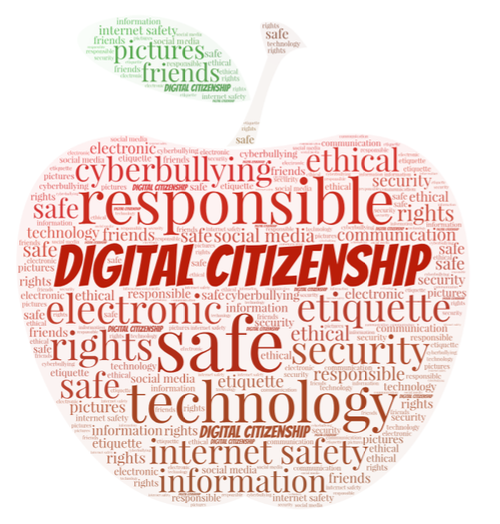With the onset of the new way of learning, we have had to find a way to get the information across to our student all while keeping the students and ourselves safe. The internet is a great place for everyone to stay connected in the time we are living in. However, we must make sure that we are choosing platforms that do not violate the rights of anyone involved and that hackers aren’t able to make their way into the site and cause any harm.
I would like to talk about a company known as Zoom. Zoom is a web-based company whose goal is to, “make video communication frictionless” and “video communications empowering people to accomplish more.” They care about all and want to deliver happiness. Many people have begun to use this free platform to meet with their students and parents. Administrators have also used this platform to meet with their staff. You can teach lessons and have student virtually raise their hand to answer questions. Although it has been here for us during the pandemic and it has been the easiest route to take in regard to getting information to the students, it doesn’t automatically mean it’s the proper move to make. According to the article, “missteps included a weakness that would have allowed malware to attach to Zoom and hijack our web cameras. The issues with basic security practices culminated with “Zoombombing,” in which trolls crashed people’s video meetings and bombarded them with inappropriate material” (Chen, 2020).
Imagine you’re on Zoom as an educator with your students and someone decides that they want to hack the webcam and show something inappropriate. This is not only mortifying but what would be the ramifications of the issue? Who is to blame for this? Zoom has been notified of the issue and has done some adjusting to their system. Some of the adjustments are to have the waiting rooms for those who are joining your party and only allow those who you have told to join the group come in. the second thing that can be done to combat the hackers is to have passwords. This can be set at the admin level and only users with the password can join the meeting. The third adjustment is to join by domain. This means that only those with approved emails can join the meeting. Zoom has implemented these adjustments and hope to see less of the issue at hand. However, their efforts have come up short and they still have hackers breaking into accounts and causing trouble for everyone involved.
Can or will they ever make it a safe place for all involved? Moreover, in the next article it stated “A third class action lawsuit was filed against Zoom in California, citing the three most significant security issues raised by researchers: Facebook data-sharing, the company’s admittedly incomplete end-to-end encryption, and the vulnerability which allows malicious actors to access users’ webcams.” (Hodge, 2020). By the time we reached the month of May, countless issues concerning Zoom had occurred. Is the word “free” worth a lawsuit? I personally don’t think so. I think that if we are going to use a video conferencing platform for distance learning, we need to use something that is going to keep us safe. We all deserve to teach and learn in an environment that is thriving in positive mental health. Taking all that I have stated today into consideration, one may need to second guess using Zoom.
Reference
Chen, B. (2020). The Lesson We Are Learning from Zoom. Retrieved from https://www.nytimes.com/article/zoom-privacy-lessons.html
Hodge, R. (2020). Zoom security issues: Zoom buys security company, aims for end-to-end encryption. Retrieved from https://www.cnet.com/news/zoom-security-issues-zoom-buys-security-company-aims-for-end-to-end-encryption/
Zoom. (2020). Privacy & Security for Zoom Video Communications. Retrieved from https://zoom.us/docs/en-us/privacy-and-security.html?zcid=3736&creative=430738469038&keyword=zoom%20safety&matchtype=p&network=g&device=c&gclid=EAIaIQobChMIqdTSkbC26gIVA6SzCh2dgA_MEAAYASAAEgKnr_D_BwE









